Slack
Slack is a cloud-based communication platform that enables real-time messaging, archiving, and search for modern teams. This guide explains how to add Slack integration to Cloudaware.
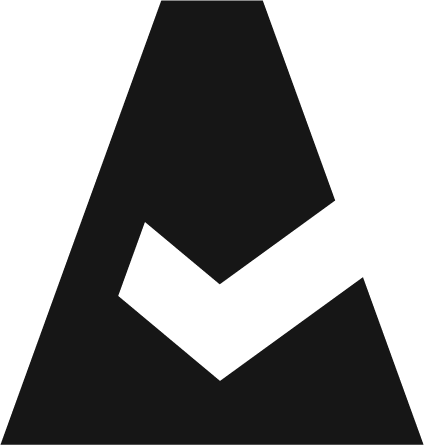 To see how Cloudaware seamlessly integrates with Slack in action, request a demo.
To see how Cloudaware seamlessly integrates with Slack in action, request a demo.
Introduction
Cloudaware supports two types of Slack integration:
Slack Cloudaware Application
Slack Notification
Sample use cases
30-Day spending exceeds certain amount
IDS detects an attack against an instance
Server health deteriorates
Incident management
Slack Cloudaware Application
Use case: SecOps using Slack want to be notified about every high and critical vulnerability Cloudaware detects.
Add Application to Cloudaware
1. Log in to Cloudaware → Admin.

2. Find Slack Cloudaware Application in Other integrations. Click +ADD.

3. Fill out the form

Click SAVE.
4. Click Add to Slack.
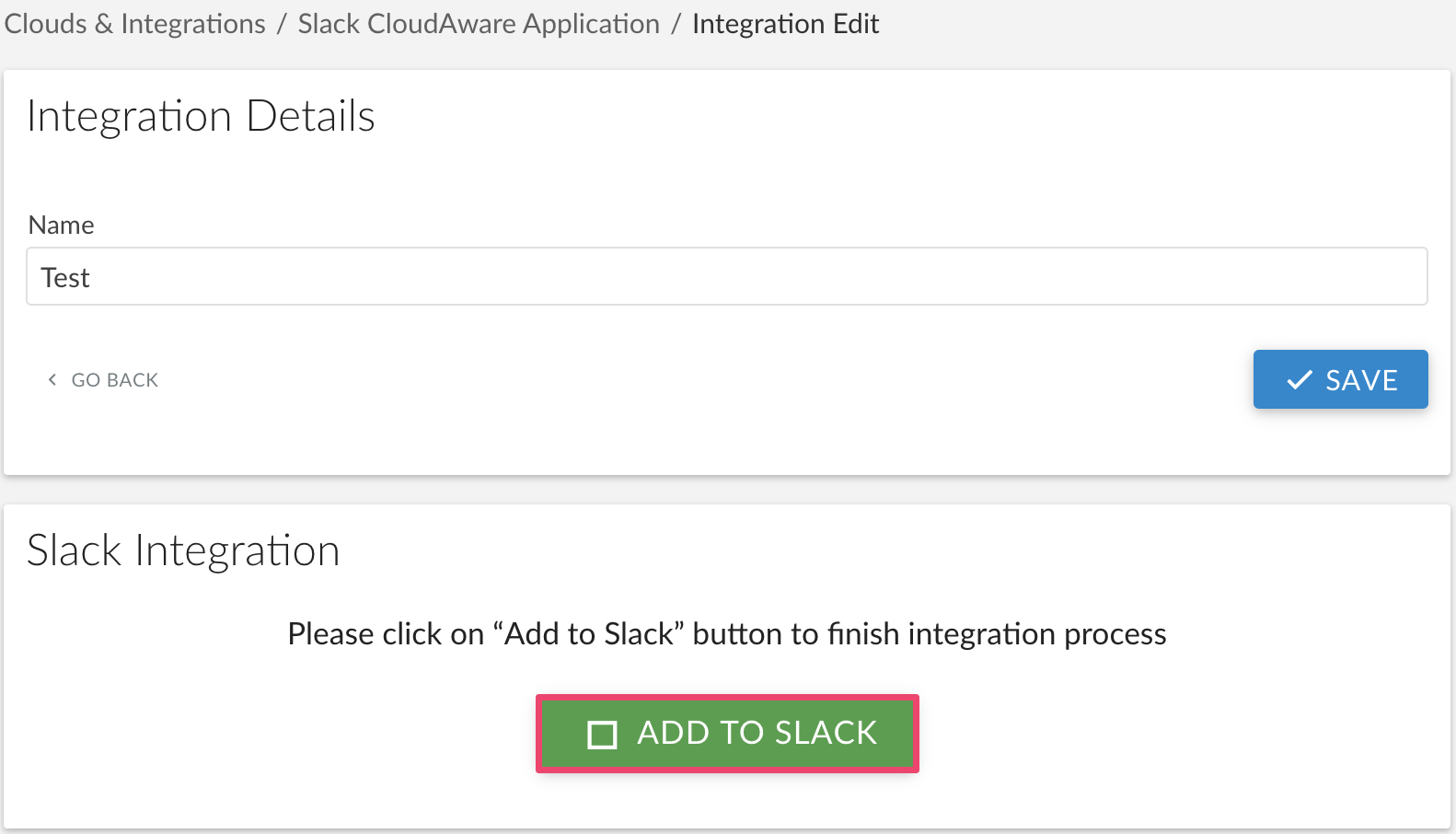
5. Grant Cloudaware App necessary permissions and select a Slack channel the notifications will be posted to. Click Allow.
6. You will be notified about Cloudaware App set up for your Slack Workspace via email and Slack channel.
7. The green light in 'Status' means that Slack Cloudaware Application has been created successfully. If there is a red light, contact support@cloudaware.com.

Configure Slack Notification
1. Find Slack Notification in Other integrations. Click +Add.

2. Select 'Integrated Slack Application'. Fill in the integration details* selecting the app you set up before. Click Save.

*Name, Message are mandatory fields.
In our use case we are creating the Upgrade Request notification. Use sObject.CA10__risk__c where CA10__risk__c is API Name of the object
Use Fields List to determine fields you'd like to exclude from being displayed in your Slack message (in this example, Name)
Object Name, Message, Color, Url Base are expression fields. The data type of the value returned depends on the elements used in the expression.
Here are sample outputs:
Expression | Output |
|---|---|
CODE
|
CODE
|
CODE
|
CODE
|
CODE
|
CODE
|
CODE
|
CODE
|
CODE
|
CODE
|
CODE
|
CODE
|
CODE
|
CODE
|
CODE
|
CODE
|
3. Copy and save the URL as it is required for further configuration in Cloudaware (see the Configure Cloudaware Workflow To Invoke Slack Action section of this guide).
Incoming Slack Webhook URL
Use case: Managed service provider company uses Cloudaware Patch Management. The service team would like to get notifications in Slack every time when a customer requests a package upgrade. (custom object: CloudAware Upgradable package).
Webhook Configuration In Slack
1. Enter your Apps Directory in Slack → Incoming Webhooks → toggle 'Activate Incoming Webhooks' to On → Add New Webhook to Workspace.

2. Grant your App necessary permissions and select a Slack channel the notifications will be posted to. Click Allow.
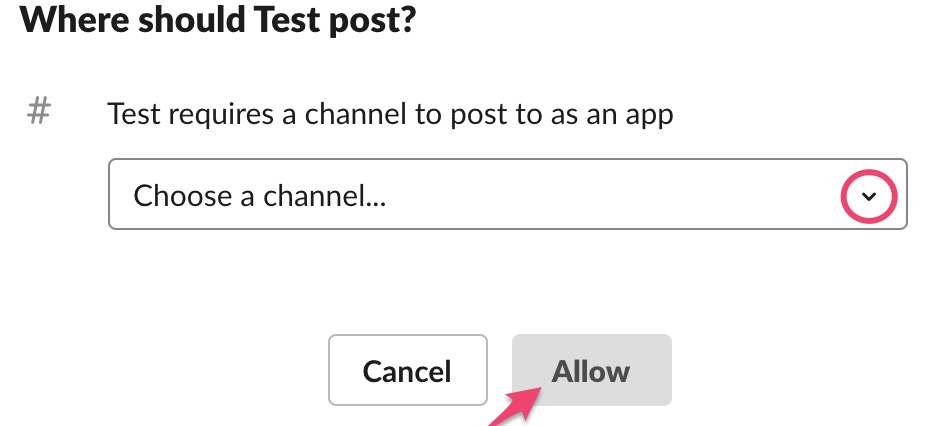
3. Copy the Webhook URL and save it for later use.

Configure Slack Notification in Cloudaware
1. Log in to Cloudaware account → Admin.
2. Find Slack Notification in Other integrations. Click +Add.

3. Select 'Slack Webhook URL'. Fill out the form* → Save.
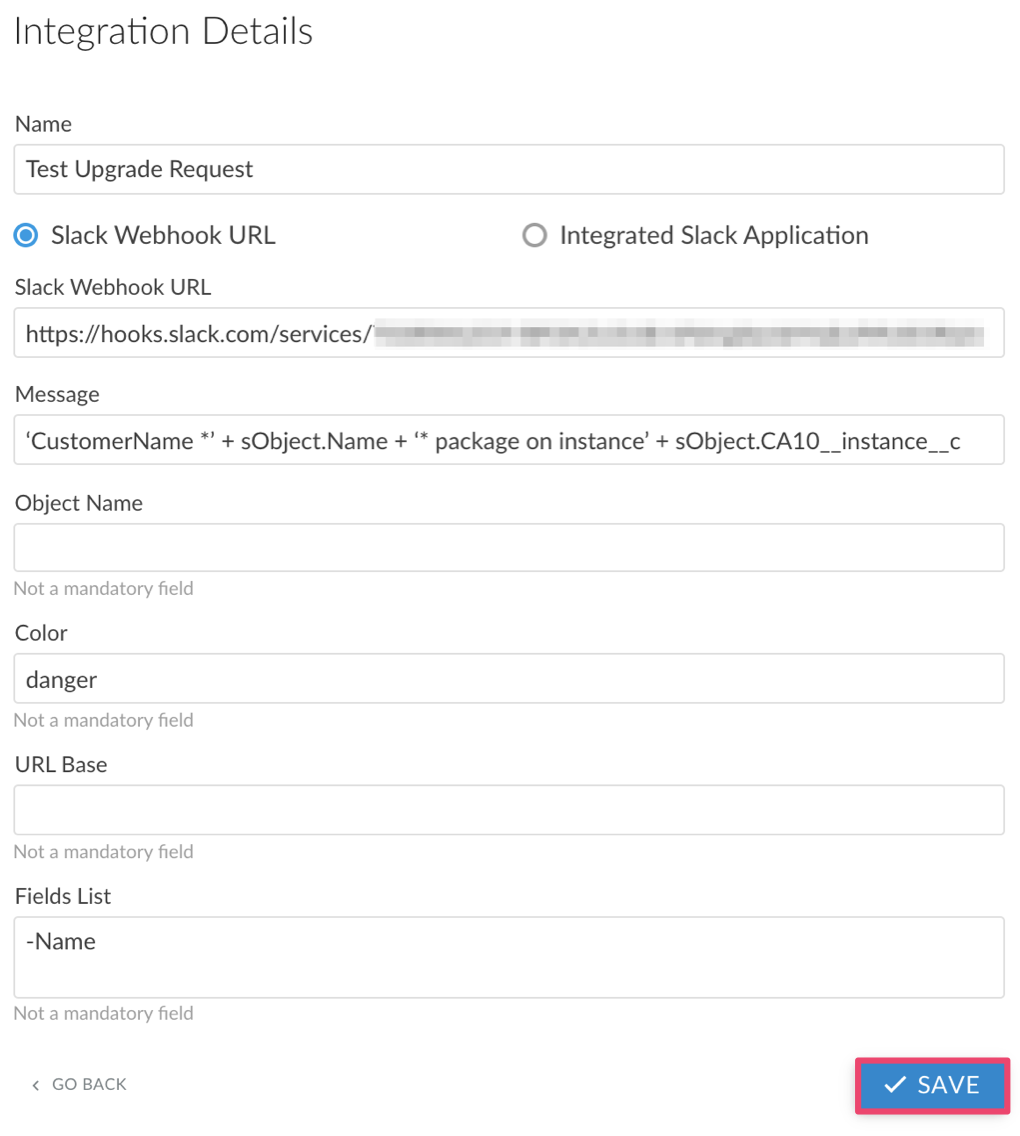
*Name, Slack Webhook URL, Message are mandatory fields.
In our use case we are creating the Upgrade Request notification (replace Test by the customer name). To understand which instance the package needs to be upgraded on, insert sObject.CA10_Instance_c where CA10_Instance_c is API Name of the object
Use Fields List to determine fields you'd like to exclude from being displayed in your Slack message (in this example, Name)
Object Name, Message, Color, Url Base are expression fields. The data type of the value returned depends on the elements used in the expression. Here are sample outputs:
Expression | Output |
|---|---|
CODE
|
CODE
|
CODE
|
CODE
|
CODE
|
CODE
|
CODE
|
CODE
|
CODE
|
CODE
|
CODE
|
CODE
|
CODE
|
CODE
|
CODE
|
CODE
|
You can apply standard Slack formatting in the field Message. In our use case we apply bold message format by adding * before the text of the message.
4. The green light in 'Status' means that Slack Notification Webhook has been configured successfully. If there is a red light, please contact support@cloudaware.com

5. Copy and save the URL as it is required for further configuration in Cloudaware (see the Configuring Cloudaware Workflow To Invoke Slack Action section of this guide)
Configure Cloudaware Workflow To Invoke Slack Action
1. Log in to Cloudaware account → Setup.
2. In the Quick Find box, type workflows to select Workflows & Approvals → Workflow Rules → New Rule.

3. Select the object for the rule to be applied to (in our use case CloudAware Upgradable Package) and click Next.
4. Add Rule Name (1), set Evaluation Criteria(2) and Rule Criteria(3)*. Add Filter Logic if necessary. Click Save & Next.
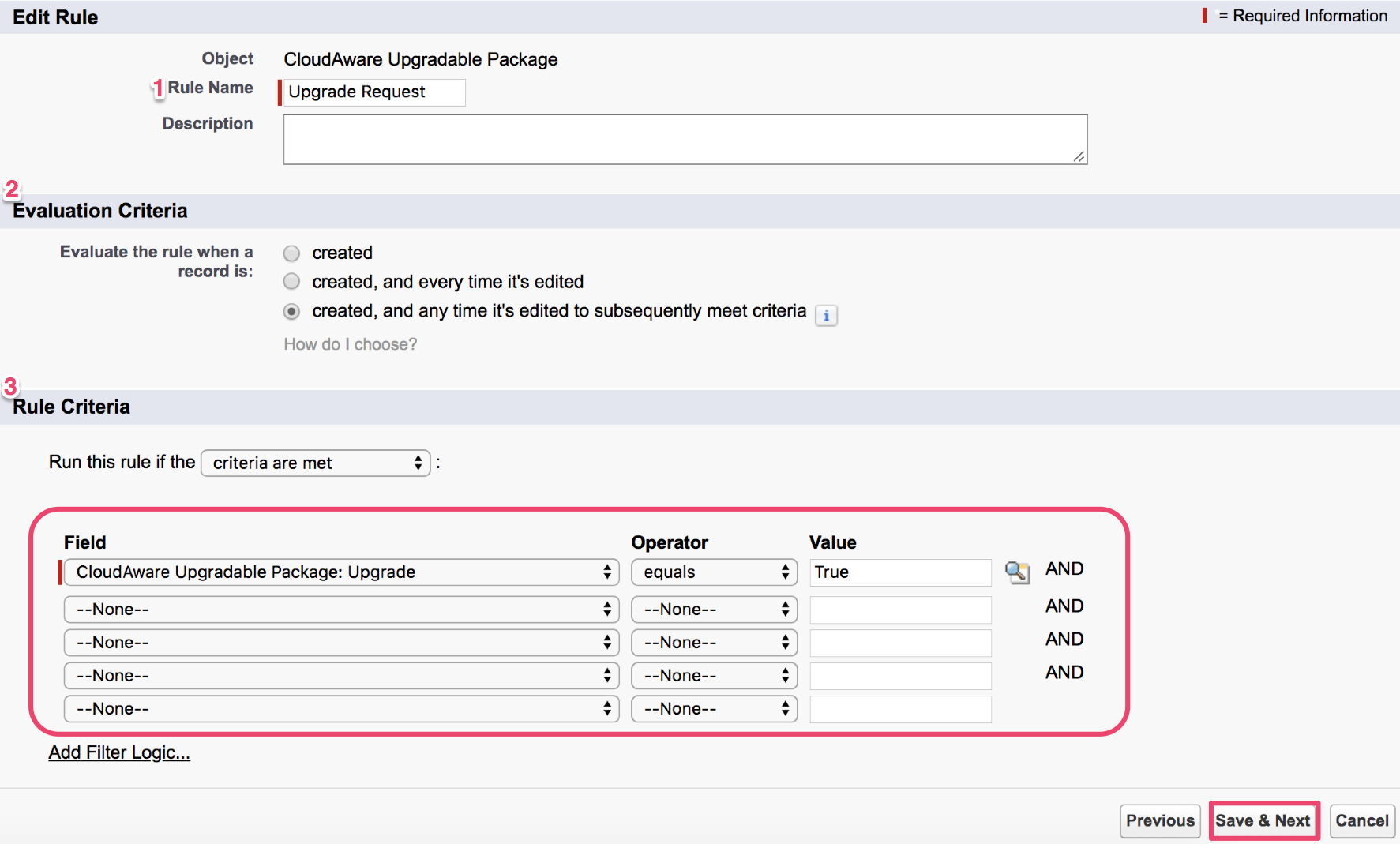
*In our use case, we are creating a workflow rule will send out alerts when the custom field 'Upgrade' (checkbox) is true on CloudAware Upgradable Package object.
5. Add Workflow Action → New Outbound Message. Paste the copied Endpoint URL. Click Save.
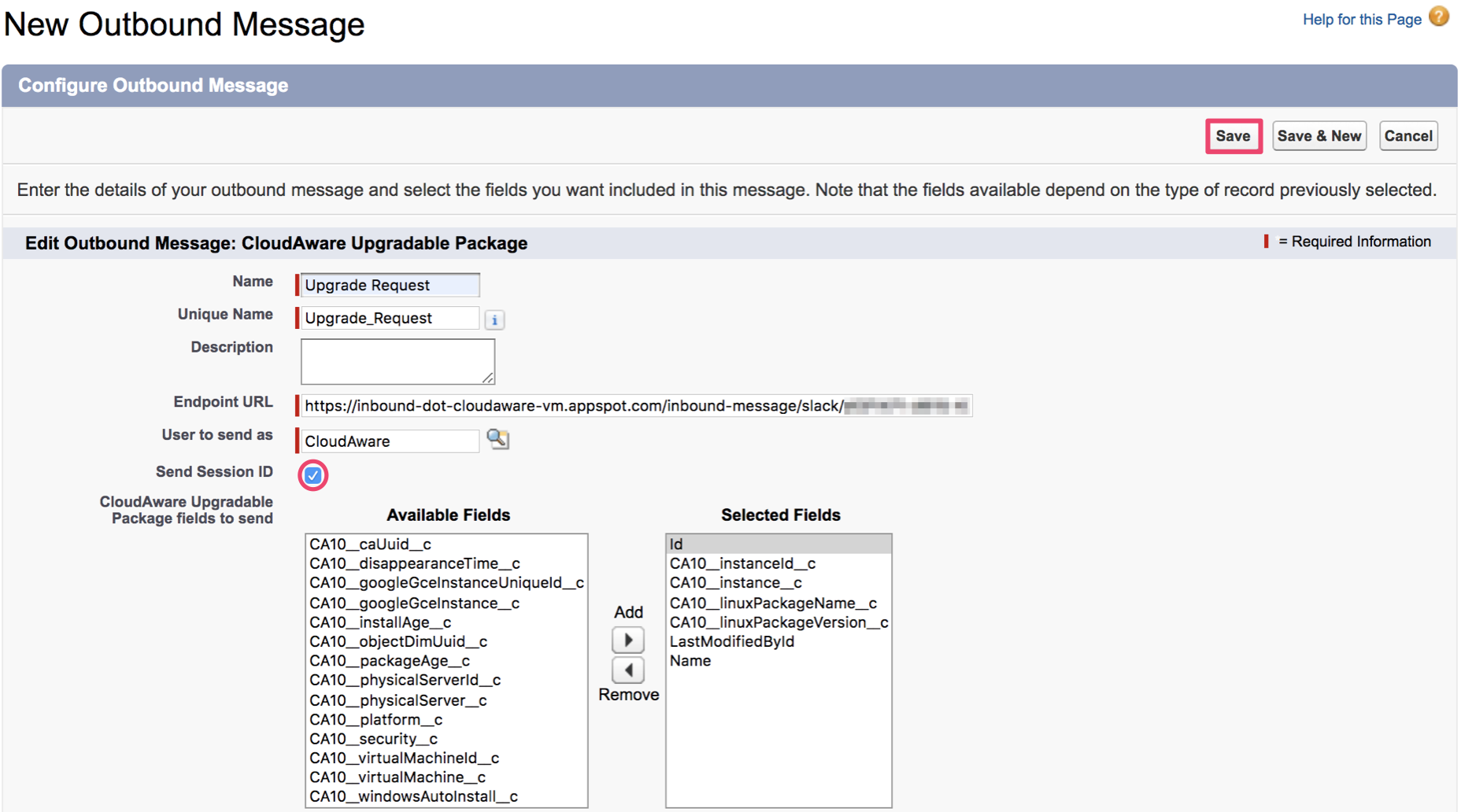
6. Review the workflow. Click Done to activate it.
7. Once this workflow rule is triggered, the following Slack notification may be sent:

